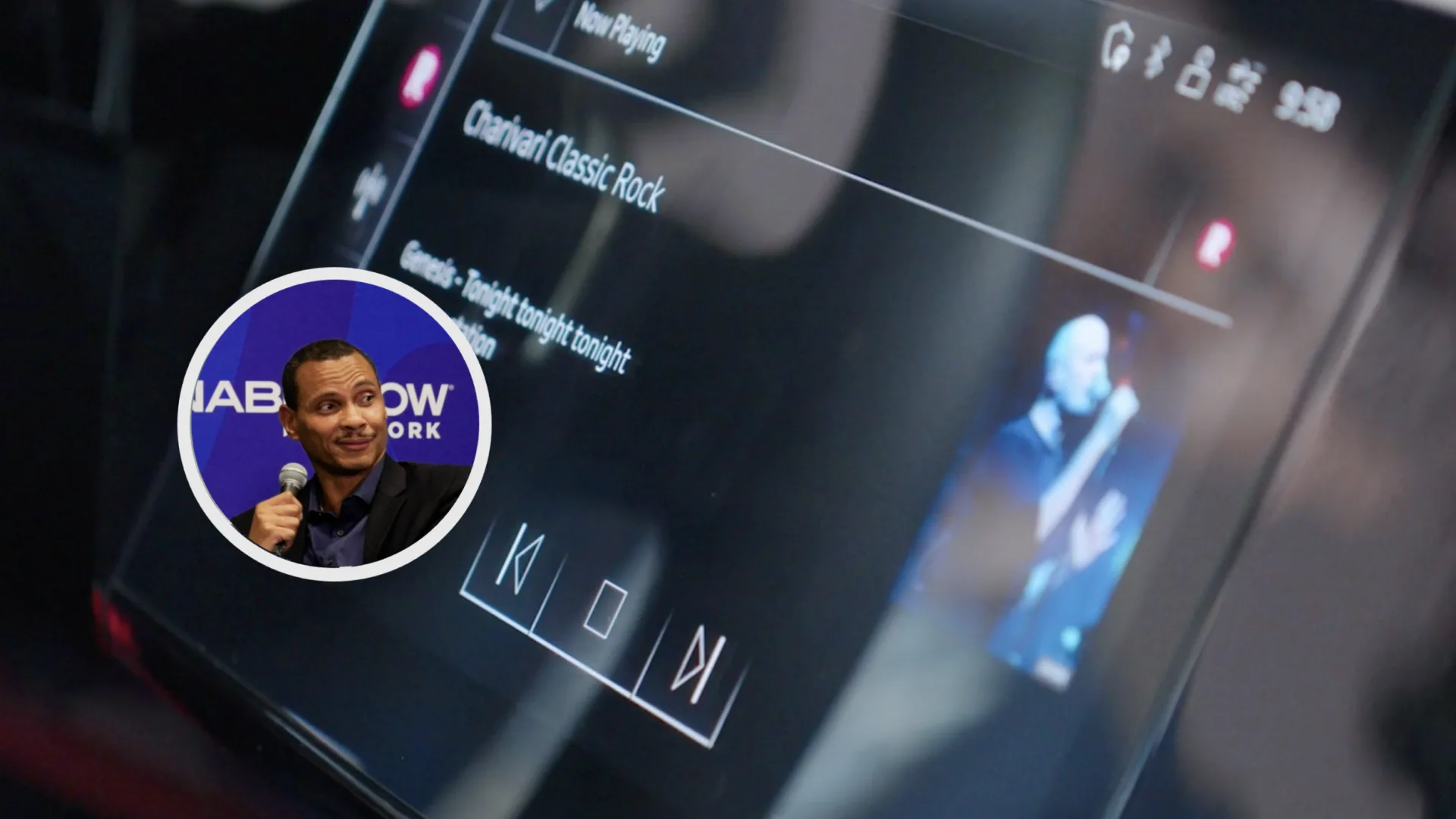Ken Lloyd reflects on the fact that while everything else in the car has evolved; from navigation to music streaming, voice assistants, and AI-powered dashboards – the way we experience radio has barely changed.

Meanwhile, the connected car is here. Dashboards are no longer just button panels; they are high-definition touchscreens, offering drivers curated entertainment options, on-demand content, and a seamless digital experience. If radio wants to stay at the heart of the dashboard, it must evolve. And the key to that evolution is dynamic metadata.

The golden age of TV has transformed how we discover, access, and engage with entertainment. Viewers no longer scroll through blank channels, they browse curated selections, see artwork, read descriptions, and get personalized recommendations. This shift is powered by metadata – the structured information that enhances content discovery. Streaming platforms and digital TV services all use metadata to make content searchable, intuitive, and engaging. Whether it’s thumbnails and recommendations on Netflix, program guides on live TV, or song suggestions on YouTube, metadata is what makes content visible, interactive, and easy to navigate.
Radio has already embraced this on mobile apps, websites, and smart speakers, where stations display album art, track details, show schedules, and interactive content. But in the car – the most important place for radio – this experience is often lost. Now, imagine if radio worked the same way in every dashboard. A station wouldn’t just be a frequency number. It would be a branded, interactive experience, with logos, track details, presenter bios, show schedules, and real-time updates. Listeners would see what they’re hearing, just like they do with TV, music streaming, and podcasts. The technology to make this happen already exists. It’s called hybrid radio.
At Radioplayer, we’ve spent years working closely with Audi, BMW, and other leading car manufacturers to ensure radio doesn’t just survive in the connected car – it thrives. Hybrid radio merges the best of broadcast with dynamic metadata, creating an experience that is as intuitive, engaging, and dynamic as any modern entertainment platform.
Here’s what it does: Seamless transition between broadcast and IP, ensuring uninterrupted listening. A listener’s favorite radio station remains available as they drive from New York to Philadelphia, not via a mobile app, but through the in-dash radio. Rich visuals and key information: logos, album art, track details, presenter names, and real-time show info. Improved engagement: stations become searchable, discoverable, and interactive.
For broadcasters, this is not just an enhancement, it’s a necessity. If your station appears as a blank screen in the dashboard, it’s already at a disadvantage. Imagine a streaming service without album covers or Netflix without show descriptions. That’s the risk radio faces today.
And as Gen Z likes to say: “That’s not a good look.”
Radioplayer is making sure that doesn’t happen. By providing official broadcaster metadata directly to car manufacturers, we ensure that stations appear exactly as intended – accurate, high-quality, and free from third-party interference.

Here’s the reality: if broadcasters don’t take control of their metadata, someone else will. Car manufacturers and tech giants are focused on curated in-car audio experiences. If radio doesn’t modernize, it risks being pushed aside in favor of streaming platforms that provide visually engaging, easily discoverable content.
This is why leading car brands trust Radioplayer to power their radio interfaces. We work directly with broadcasters, ensuring that their content is presented exactly as it should be – with full station branding, no third-party aggregators, and a seamless hybrid experience. Radioplayer is ensuring that radio remains the #1 in-car audio experience. But broadcasters must act now, because if radio doesn’t evolve, the dashboard will evolve without it.
Every day, I’m talking to American broadcasters about the future of radio in connected cars. I’m excited to show you how Radioplayer and Hybrid Radio can make your station better looking and more competitive. Radioplayer will be at Radiodays Europe in Athens on March 9-11 and at NAB in Las Vegas on April 5-9, and I look forward to talking to you.
Between now and then, my colleagues will be back in these pages with more thoughts on how Radioplayer can support your station’s presence in the connected world. Let’s keep radio thriving, together.
Ken Lloyd can be reached at (862)216-7214 or kenneth@radioplayer.org